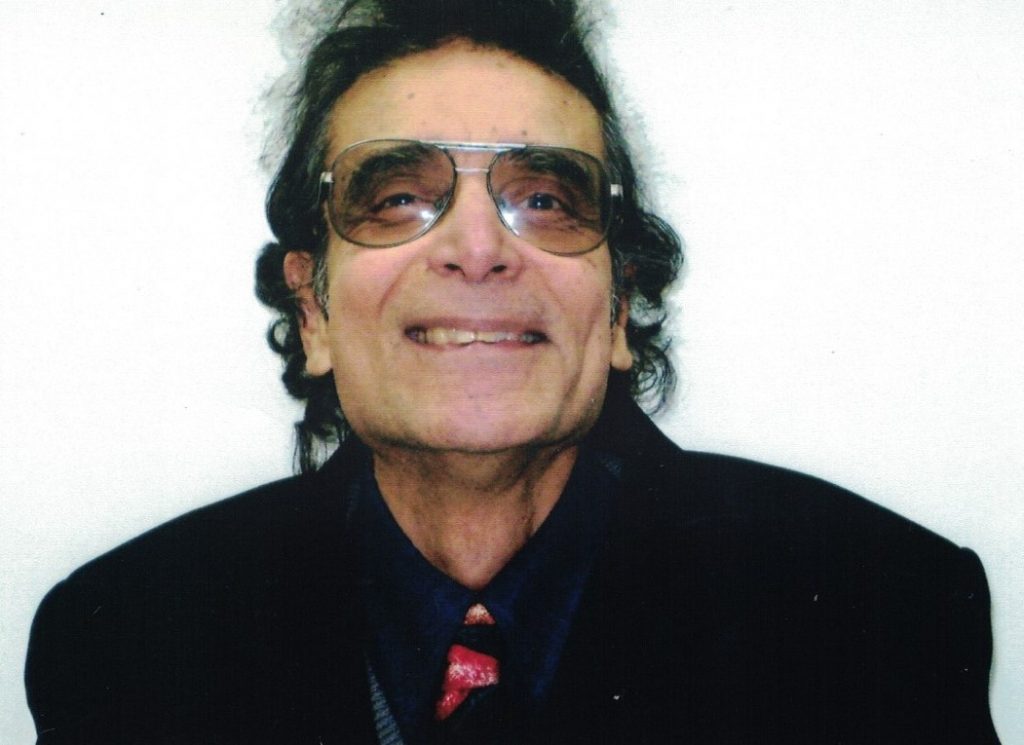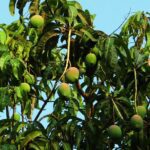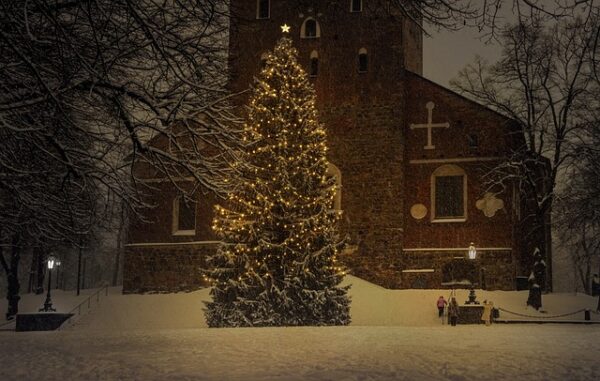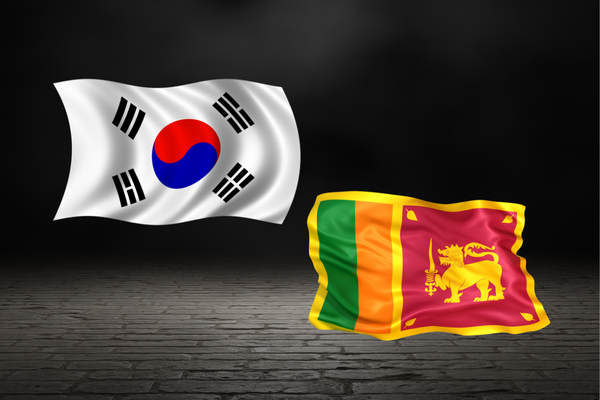SILENT SENTINELS OF ANCIENT GLORY. THE PRAMBANAN HINDU TEMPLES OF EAST JAVA – by Bernard VanCuylenburg


After a spellbinding tour of the Borobudur Monument I took the road well travelled to Yogyakarta, because North East of this great city I was aware of another cultural pearl which for the past 1200 years has kept a silent vigil in majestic splendour, lost to the world in the solitude of the jungle defying time and the elements, until it was discovered in 1885. These are the spectacular Hindu temples of Prambanan which are the best examples of ancient Java’s Hindu culture, and Indonesia’s most outstanding example of Hindu art. I visited the site early morning when the majestic Shiva temples were punctuating the morning mists to present their timeless profiles to the new day. All the temples in the area were built between the 8th and10th centuries AD when religious harmony prevailed between the Buddhist Sailendras who ruled in the South and the Hindu Sanjayas who ruled in the North – a great example to the modern world where religious dissension is often the rule more than the exception. There is a line in the Dhammapada which says – quote -” Greater than the man who could conquer a thousand men, is he who could conquer just one – hImself “.
And here, Cupid the God of love played his part when he aimed his arrows at two human beings of different faiths. They were Rakai Pikatan a Prince of the Hindu Sanjayas and the beautiful Pramodhavardhini, a Princess of the Buddhist Sailendras. Rakai Pikatan who was a strict Hindu conquered himself when he declared his love for the lovely Pramodhavardini and she returned his affections a hundredfold, a love which ended in marriage. Any sincere faith manifests its strength by the tolerance of other faiths, and the Prambanan temples are examples embodying this noble precept.
This is the reason why the temples in the Prambanan complex reveal Buddhist and Shivaite elements in their mesmerizing sculptures and soul stirring architecture. Love enriches and conquers all, and has left a rich and lasting legacy for posterity. Some Historians are of the the opinion that the Prambanan temples were built in the 9th century by Prince Rakai Pikatan to commemorate the return of a Hindu dynasty to power in Java. Out of all the Prambanan temples the Canda Shiva Mahadeva is a winner on two fronts. It is the largest and finest. With a spire soaring to 47 metres, the interior presents a world of enchantment, graced by tales from the Ramayana on the inner walls – for example the story of Rama and Sita, and the abduction of Sita by the Monkey God Hanuman.

The entire complex consists of 244 temples, each one a work of architectural wonder and impossible to visit in a day. These temples are equal to any of the best Hindu temples in India, and the level of artistic achievement within each – the few I was able to visit – defies description. The first sight of the temples are so imposing in dawns golden light, that the image will leave a lasting imprint on one’s mind. The graceful harmony, architecture defying description, and superb ornamentation of these temples is the embodiment of the highest level of genius which the human mind can conceive. This is why the World Heritage Sight Prambanan temples continue to amaze and delight hundreds of thousands of visitors – foreign and local – each year. By way of explanation, the word CANDI is the Bahasa Indonesian word for Temple, sometimes also referred to as “Temple City”.
Worthy of note is a statue of Shiva the Destroyer in the main chamber at the end of the Eastern stairway, because this mighty Hindu God stands on a huge pedestal, the symbol of Buddhism. There is a mind blowing sculpture of the elephant headed Lord Ganesha, Lord Shiva’s son. North of the Canda Shiva Mahadeva is the Canda Vishnu at a height of 33 metres. It is magnificient in every sense of the word. The impressive reliefs inside tell the story of a hero of the Mahabharata Lord Krishna, and if you ascend the stone staircase to the inner chamber, a four-armed image of Vishnu the Preserver is worth the effort. The Candi Brahmi is almost identical to the Canda Vishnu. This temple has some excellent carvings of scenes from the Ramayana and you enter through a mouth of a ‘Monster’. The inner chamber has a statue of Lord Brahman the God of creation which is another superlative work of art. The level of perfection achieved in each carving or sculpture exceeds the bounds of perfection itself ! Dating from 850 AD is the Candi Sewu, otherwise known as “The thousand temples” which originally consisted of a large Buddhist temple. The beautifully carved niches around its inner galley once held bronze statues. Most of the temples in this complex combine both Hindu and Buddhist religious symbols and carvings. In the Western Group of the temples, stands the Candi Kalasan which is the oldest Buddhist temple on the Prambanan plain.
A Sanskrit inscription dating to 778 AD refers to a temple dedicated to the female Boddhisattva Tara This temple has been partially restored and contains some excellent religious carvings. Given the size of the entire complex it is impossible to detail every one and I have merely done a thumbnail sketch to appraise the reader of the rich cultural heritage this site has to offer as Prambanan unfolds its treasures to the world.
Java is the richest, most lush and the most densely populated of Indonesia’s islands. It has an extraordinary diverse landscape from towering volcanoes to dense forests, beautifully manicured
rice paddies and teeming cities. And its archaeological treasures such as Borobudur, The Prambanan Hindu temples and another which I have visited but not written about, the Arjuna Complex on the Dieng Plateau in Wonosobo which dates from the 8th and 9th centuries, when Java’s Hindu civilisation was at its zenith. The latter was abandoned and forgotten having surrendered to the encroaching forest, until it was discovered by the Dutch Archaeologist Van Kingsbergen in 1856.
Having basked in glory for two hundred years, the Prambanan Temple complex was abandoned when the Hindu Javanese Kings moved to East Java. The great earthquake of the mid 16th century destroyed many of the temples, and treasurer hunters, locals and looters accelerated this destruction. The sweetest rose has the sharpest thorn and it is sad to relate that the fusion of two great religions Buddhism and Hinduism which was evident in the glory days of the Sailendras and the Sanjeyas following the marriage between Rakai Pikatan and Pramodhavardini, did not stand the test of time when years later the Sailendras were vanquished by the Sanjeyas. Most of the temples destroyed in the earthquake were restored, and Prambanan was declared a UNESCO World Heritage site in 1991. Today many Hindu devotees from all over the world and tourists from Indonesia and overseas visit Prambanan which once again unfurls its ancient splendour and glory to the world. Those ancient Architects, Builders, Surveyors, Builders and Labourers, have bequeathed a lasting legacy to all mankind.
I cannot conclude this article without referring to another great cultural icon – one of the most famous and most visited in the world – which had its origins in Hinduism and ended up embracing Buddhism. This is Angkor Wat in Cambodia. The temple complex of Angkor Wat was built by King Suryavaman in 1113 AD, and was dedicated to the Hindu God Vishnu. All original motifs in the temples were derived from Hinduism. Sixty four years later in 1177, the Cham people (present day Vietnam) raided and sacked the temple during the reign of King Jayavarman the 7th. During the uneasy peace which ensued, King Jayavarman built a new capital nearby in Angkor Thom. He then decided that the Hindu Gods had failed him and his kingdom, and dedicated the new capital to Buddhism ! During the 13th century Sinhalese Buddhism began to spread throughout Cambodia and the sojourn in Ceylon by one of King Jayavarman the 7th’s sons in the royal court of Polonnaruwa in Ceylon marked the beginning of this new orientation. The Prince was a royal guest in the court of King Vijayabahu the 2nd, and one Khmer source states that he lived in the royal court for two years.
In the context of the times, when the monarch embraced Buddhism, the royal court and the majority of the population followed suite and thus Buddhism was firmly established in the country. Cambodia is a Buddhist country today.
Bernard VanCuylenburg.




















